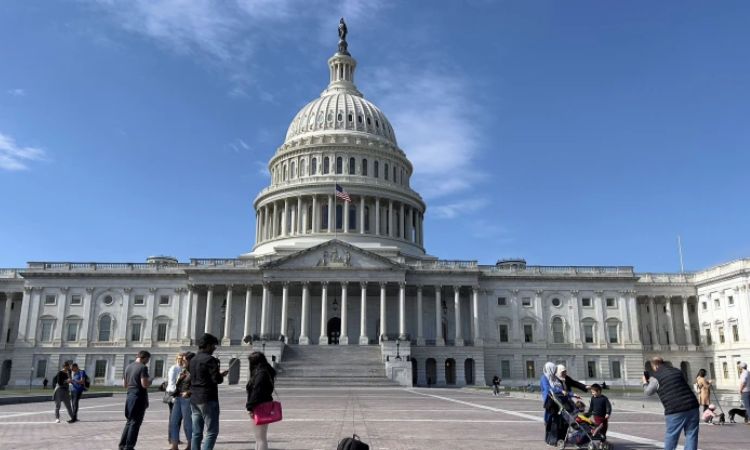The agreement extends the US borrowing limit until 2025 and imposes new restrictions on government spending for the next two years. This introduces greater fiscal policy constraints in the United States until after the upcoming presidential election.
The US Senate vote concludes weeks of intense negotiations and discussions between President Biden’s team and Republican House Speaker Kevin McCarthy’s representatives, culminating in an agreement reached last Saturday.
As reported by Business Outreach; The fiscal deal between the White House and congressional Republicans has been approved by the US Senate, putting an end to a prolonged political deadlock that had the potential to trigger an unprecedented debt default in the world’s largest economy. On Thursday evening, the upper chamber of lawmakers overwhelmingly supported the bill, with 63 in favor and 36 opposed. The House of Representatives had previously given its approval on Wednesday night.
With the bill now on its way to President Joe Biden’s desk for his signature, it comes just four days before the US Treasury estimated it would exhaust its funds to meet all financial obligations. Avoiding such a scenario is crucial to prevent significant harm to both the US and global economies, as well as financial markets.
After the Senate vote, President Biden issued a statement expressing gratitude towards Senators from both parties for safeguarding the hard-earned economic progress and averting a first-ever default by the United States. He emphasized that America is committed to meeting its financial responsibilities and paying its bills.

The agreement extends the US borrowing limit until 2025 and imposes new restrictions on government spending for the next two years. This introduces greater fiscal policy constraints in the United States until after the upcoming presidential election. The Senate vote concludes weeks of intense negotiations and discussions between President Biden’s team and Republican House Speaker Kevin McCarthy’s representatives, culminating in an agreement reached last Saturday.
To secure prompt approval for the deal, President Biden and congressional leaders worked hard in a highly polarized political climate, seeking the support of their fellow members. Ultimately, the Senate vote took place after several amendments proposed by lawmakers who were dissatisfied with specific aspects of the bill failed to pass. Notably, Virginia Democrats Tim Kaine and Mark Warner unsuccessfully attempted to remove a provision that fast-tracks the completion of a controversial gas pipeline. On the other hand, defense hawks led by South Carolina Republican Lindsey Graham received assurances from Senate leaders in the final hours that the agreement would not impede the Pentagon’s spending requirements, particularly in addressing potential crises in Ukraine, Taiwan, or the Middle East.
Compared to a similar showdown in 2011 between former President Barack Obama and then-Republican Speaker of the House John Boehner, the current debt ceiling stand-off is expected to have a lesser impact on investors. The 2011 incident resulted in a downgrade of the triple-A US credit rating by Standard and Poor’s, as well as a significant sell-off in equities. However, the recent political maneuvering highlighted Republicans’ willingness to leverage the borrowing limit for policy concessions.
In order to prevent future US debt ceiling battles, the White House and members of the Democratic party, including President Biden, have explored alternative approaches, such as potentially invoking the 14th Amendment of the Constitution to bypass the borrowing limit.














